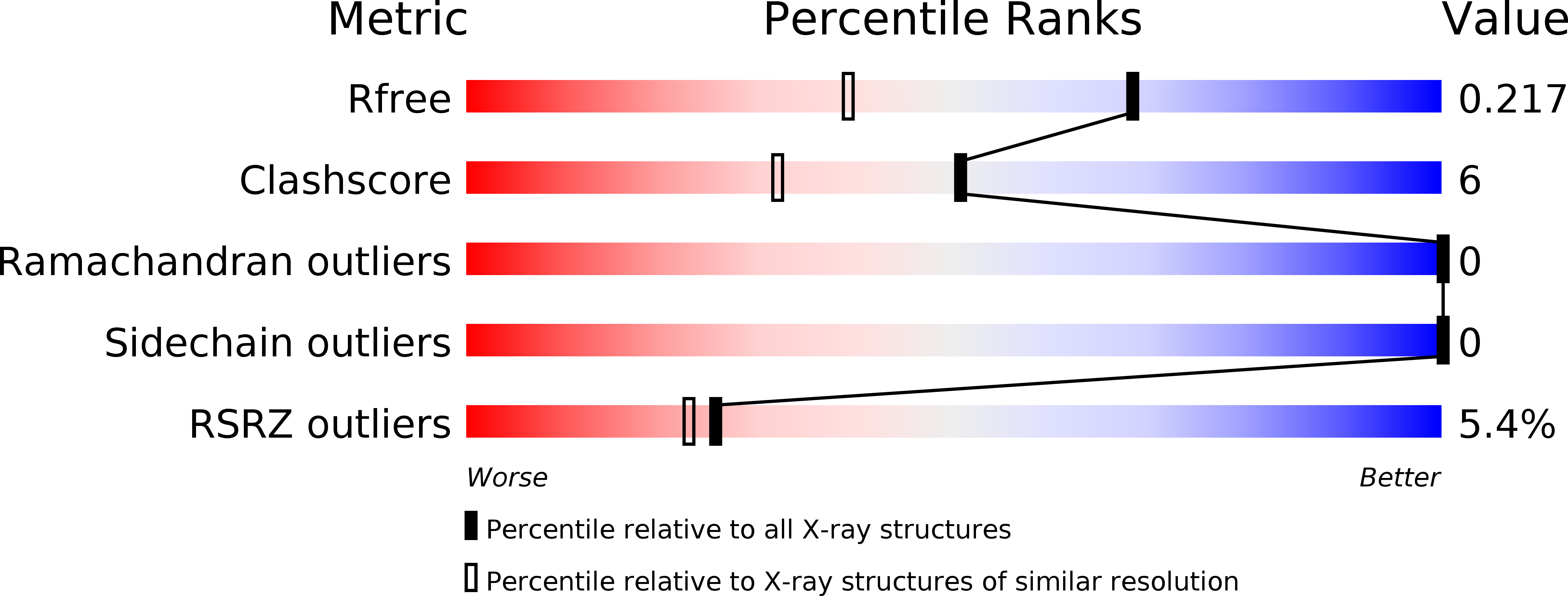
Deposition Date
2014-04-10
Release Date
2014-05-07
Last Version Date
2023-12-27
Entry Detail
PDB ID:
4PAS
Keywords:
Title:
Heterodimeric coiled-coil structure of human GABA(B) receptor
Biological Source:
Source Organism:
Homo sapiens (Taxon ID: 9606)
Host Organism:
Method Details:
Experimental Method:
Resolution:
1.62 Å
R-Value Free:
0.21
R-Value Work:
0.19
R-Value Observed:
0.19
Space Group:
C 2 2 21


